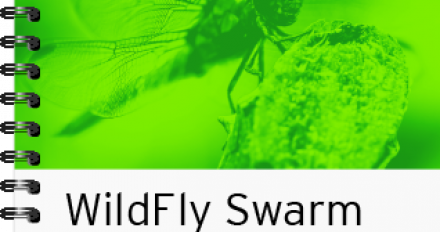
JBoss Enterprise Portal Platform 5.0 demo
JBoss Enterprise Portal Platform 5.0--part of the comprehensive middleware portfolio from Red Hat--is designed to reduce the time and cost associated with creating, deploying, and managing dynamic web presences. A Red Hat Senior Solutions Architect directly demonstrates the way this release gives enterprises a flexible, open source alternative for building, deploying, integrating, and managing on-premise and cloud-based applications.
























